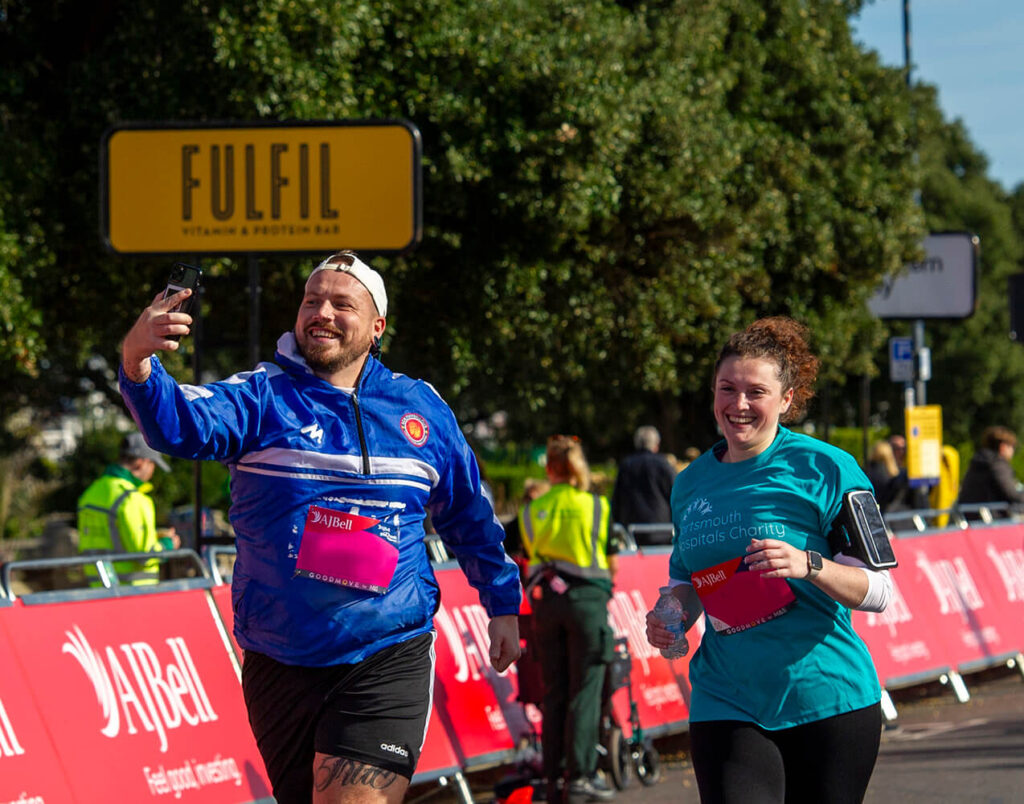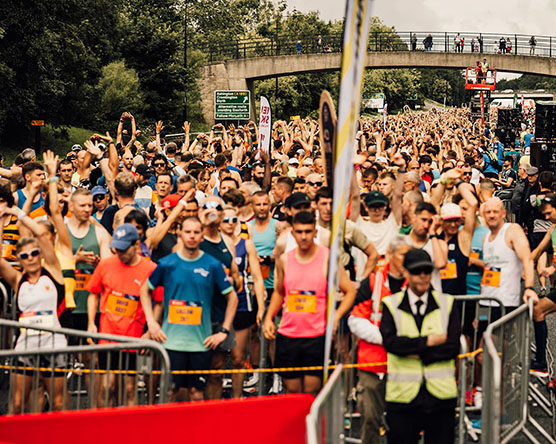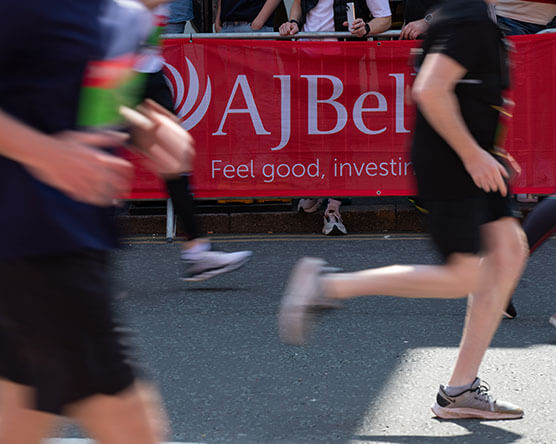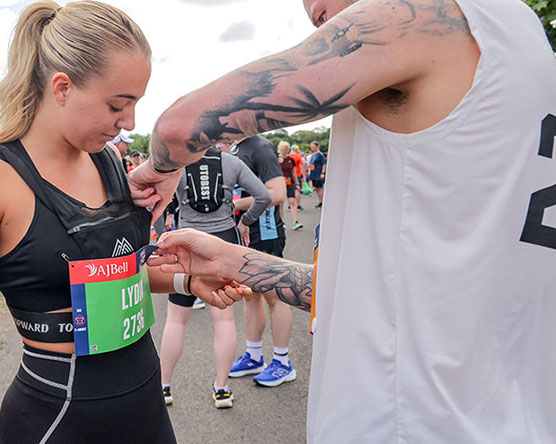Want to run faster and further? Then you need to run stronger – and strength training is the way to do it.
You might think that running better is all about running more. And if you’re heading out regularly, building in hills, speedwork and weekly long runs, you could be forgiven for thinking “Another thing?”
But strength training is an essential complement to your running routine if you want to take things to the next level. It has three main purposes: helping you build power, run efficiently and avoid injury. It’ll make you feel stronger in everyday life, from carrying shopping to picking up children. Plus, and perhaps most importantly, it’ll make you feel good about yourself – that’s a promise.
So if you’re serious about running, it’s time to get serious about strength training. Read on for our top five strength training tips for runners…
1) You don’t need too much cardio.
Running is cardio-focused enough, so you don’t need to worry too much about getting your heart rate up. Of course, if a gym class like CrossFit or Body Pump appeals, go for it, but it’s really not essential. You can use a set of weights or even the weight of your own body – exercises like planks, step ups and mountain climbers all count. Google ‘strength training without weights’ for more ideas.
2) Don’t forget your upper body.
Runners sometimes make the mistake of focusing on their legs and lower body – after all, that’s the part that’s doing all the work, right? Well actually, a strong arm and upper body technique also helps power you forward. Keep yours in optimal condition by lifting weights, heading for the cable area of the gym or even doing some tricep dips on a bench or picnic table while you’re out for a run. Every little helps!
3) A little equals a big difference.
You don’t need to spend hours in the gym. Although two or three strength training sessions would be great, even spending 20 minutes a week strengthening muscles will make a noticeable difference to your performance.
4) Avoiding bulk.
Some runners are nervous about building up too much bulk – after all, muscle is heavy, and having too much of it on board can make running more challenging. The way to get around this is to aim for lots of reps with lighter weights. So don’t immediately reach for the 12kg dumbbells – start small and go from there.
5) Don’t cut corners.
Make sure you warm up, use safe and properly maintained equipment and use the full range of motion. Avoid other common mistakes, too – check you’re not holding your breath, control your weights rather than swinging them and focus on technique, technique, technique. If you can’t get to the gym to run things past a trainer, study videos from reputable sources online and listen carefully to the instructions.
Go forward and get strong – your running will thank you for it!
Photo by Kelly Sikkema on Unsplash
























